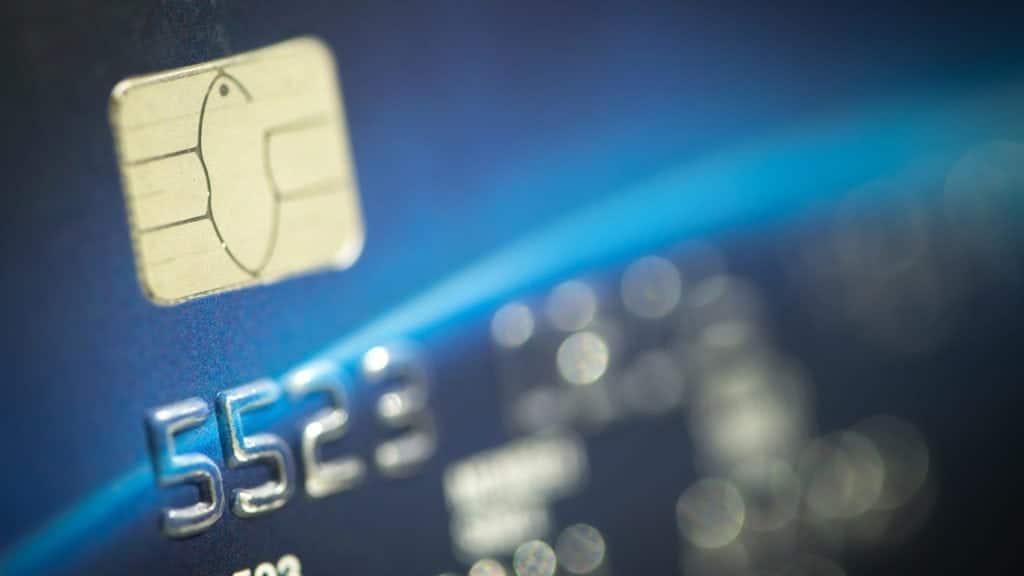What Is Friendly Fraud?

TABLE OF CONTENTS
Friendly fraud is not friendly at all. It has grown in recent years, thanks to the rise in e-commerce. Friendly fraud is when consumers pay for a product or service online using their credit card, then contact their credit card issuer to dispute that transaction. This fraud is called “friendly” since a customer will make a claim sounding honest. But in reality, if such fraud occurred in brick-and-mortar shops, it’ll be referred to as shoplifting or theft. Please continue reading to learn more about friendly fraud and how to avoid it from occurring.
What Does Friendly Fraud Look Like?
Knowing who your customers are and their purchase habits will help identify friendly fraud and reduce it from occurring. Some of the reasons customers will give when contacting their credit card issuer about friendly fraud include:
- The product/service was not delivered.
- The item delivered didn’t match what was described.
- They returned the product but weren’t refunded.
- The order was canceled, but the merchant still ships it out.
- He/she doesn’t recall purchasing that product, so their credit card was compromised.
Some of these claims might be valid – many customers are honest and solely reporting an actual problem. So differentiating between the two is sometimes a hairy situation.
Can You Prevent Friendly Fraud?
No fraud is completely preventable. However, there are some measures merchants can take to limit friendly fraud from occurring. These include:
- Have shipping and tracking mechanisms in place to prove a customer received their order. This can include a photo of the package at the delivery address or requiring a signature.
- Provide a clear refund policy in cases where customers claim that the product description didn’t match what they received. Display this information blatantly on your website and make it easy for customers to access it. Ensure the policy states that customers only receive a refund when the product is returned and within a specific timeframe.
- For clients claiming they returned the product but not refunded, provide tracking details for the return shipment. Incorporate a strong paper trail proving a customer did/didn’t return the product.
- Collect data about your customers and ensure that it can be accessed easily. This calls for an efficient CRM system that collects order history, delivery dates, customer contact details, etc. The more you know about your customer base, the easier it is to weed out friendly fraud claims.
Final Thoughts
Like with most things, knowledge is the important thing to preventing friendly fraud. Creating smart and fair procedures will go a long way to ensure your business is not left with the short end of the stick if cases run rampant. Many innovative payment systems, such as Payment Savvy’s, have robust fraud modules to create a completely secure business system. We like to call it our All-In-Done payment platform. Interested in learning more? Reach out to us today, and we’ll be happy to discuss your needs and create a custom payment acceptance program for your business.


